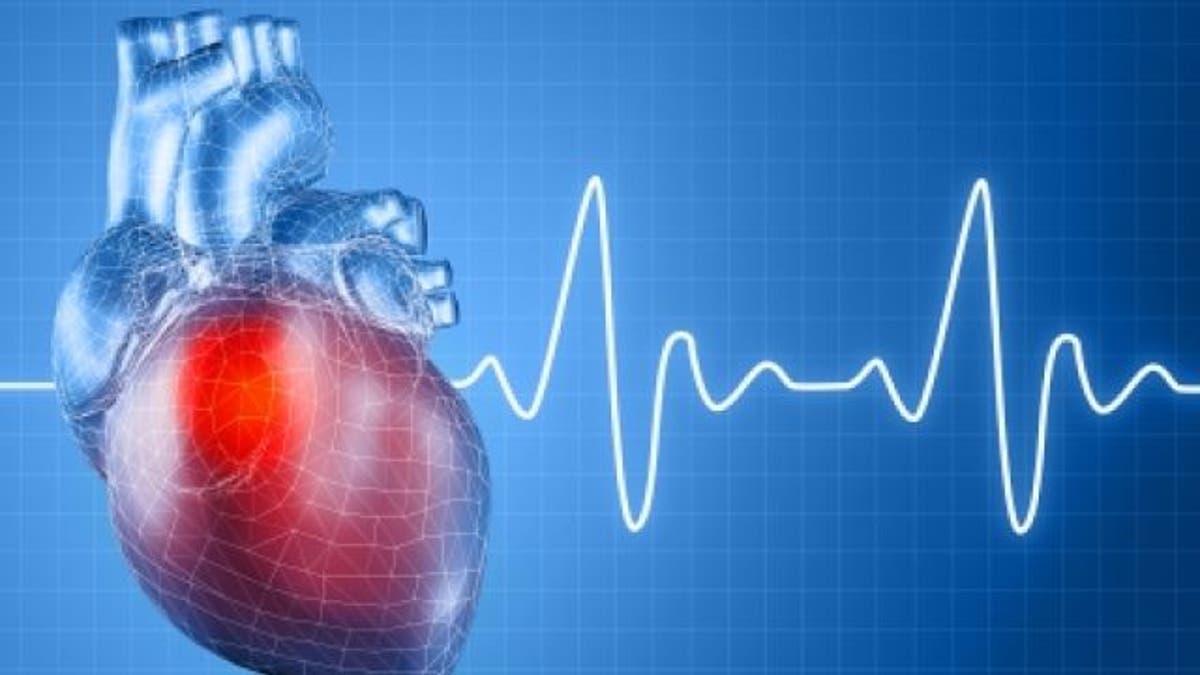
Last night, I attended the annual gala for the Gregory M. Hirsch Heart Foundation. Gregory Hirsch, who would be 43 years old if he were alive today, was a wonderful, healthy and athletic young man. On April 28, 2001, just one week before his 30th birthday, Gregory died suddenly, leaving his family devastated.
It turned out that Gregory was suffering from an undetected heart condition called hypertrophic cardiomyopathy (HCM).
Affecting about 1 in 500 people, HCM is a condition in which the heart muscle thickens, forcing the heart to work harder to pump blood. The condition often goes undetected, and for many, the first sign of disease is sudden collapse – sometimes resulting in death. HCM is the number one cause of sudden cardiac death among children and young adults.
After the loss of their son, Gregory’s parents started their foundation to increase awareness, education and research in the field of HCM. One of the foundation’s biggest priorities is advocating for all high school students to be screened for the heart condition. The most common tests to detect HCM are the echocardiogram, which allows doctors to see the thickness of a patient’s heart, and the electrocardiogram (ECG), which records the heart’s electrical activity.
In partnership with the Pediatric Center for Heart Disease at Hackensack University Medical Center, the Gregory Hirsch Foundation has successfully offered free screenings to 700 high school students in New Jersey. And they are already saving lives: Last year, three students were identified as needing follow-up care – one of whom turned out to have a serious heart condition.
A new study being presented today at the Heart Rhythm Society’s annual meeting adds more fuel to the rising demand for cardiac screening among high school students.
In a study of 5,000 athletes in Seattle-area high schools, 23 athletes were found to have significant heart abnormalities requiring further evaluation after undergoing an ECG, heart health questionnaire and physical examination. Seven of those athletes turned out to have serious cardiac problems that would not have been detected without the help of an ECG.
The bottom line is this: I think the time has come for the federal government, state governments and educators to realize that it is necessary to require students – especially high school athletes – to undergo ECG screening for heart irregularities. Let’s do everything we can to avoid losing any more children to sudden death.
For more information on this topic, visit the Gregory Hirsch Memorial Foundation.
